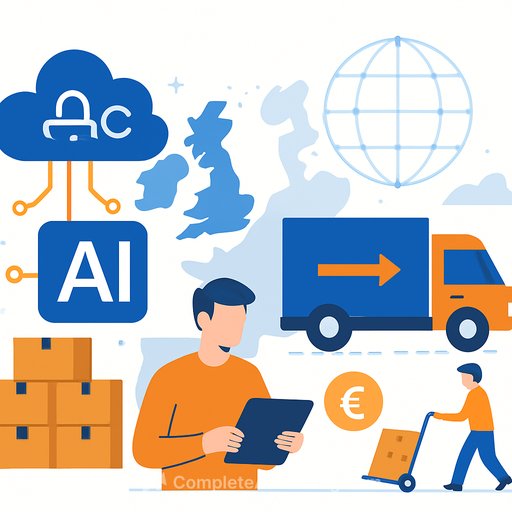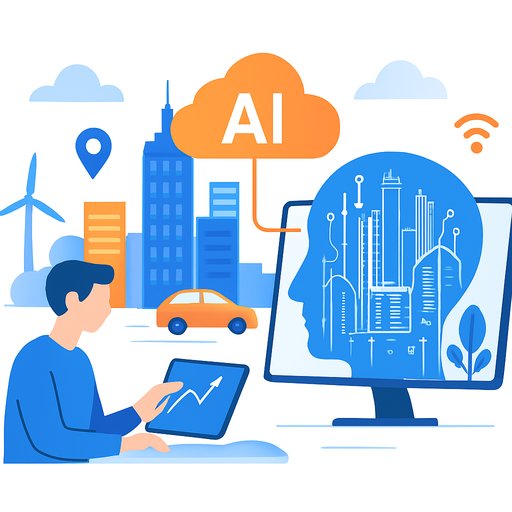Balancing Innovation & Trust: How Enterprises Can Manage AI-Driven Databases
AI is reshaping how databases are deployed, optimized, and managed. Enterprises face a key decision: how to adopt AI innovations without losing trust. The rise of vector-focused databases supports AI applications like chatbots, intelligent search, and personalized recommendations by handling unstructured data quickly and accurately. Meanwhile, autonomous AI systems promise self-healing and continuous optimization in database management.
Many organizations start with non-critical workloads, but even small errors can cause significant issues. A study by the University of Melbourne and KPMG found only 46% of people globally trust AI systems, despite 66% using AI regularly. This gap shows the tension between reliance on AI and skepticism about its risks. For enterprises, building trust is a strategic must. Transparency, reliability, and oversight need to grow alongside AI capabilities, especially in mission-critical environments.
Demonstrate Reliability From the Start
Trust begins with reliability. In AI-driven systems, databases are active participants, influencing how models train, query, and improve. If the database layer fails, everything else suffers. Establishing trust requires rigorous validation well before large-scale deployment.
Focus on two key areas:
- Observability: Allow engineers to monitor system behavior in real time and quickly identify issues.
- Reproducibility: Ensure results can be consistently recreated, offering predictability and accountability.
With these pillars in place, organizations can build a solid foundation for trust over time.
Make Trust a Core Part of AI Development
Reliability is just the start. Trust must be embedded in AI systems from the beginning. Avoid chasing AI trends without clear goals. Teams must ask:
- What problem are we solving?
- Will AI make a meaningful impact?
- Will users trust the outcomes enough to rely on them?
The database layer is critical and demands caution. Once trust is lost, regaining it is difficult. Transparency, control, and governance are essential from day one. This includes audit trails, permission controls, explainability, and user oversight.
Open source environments support these needs by allowing inspection and understanding of system operations — a baseline expectation for trust.
Innovate Responsibly Without Losing Speed
Innovation that’s responsible is also scalable. Reliable, transparent systems built with real needs in mind allow organizations to move quickly with confidence. Open source communities play a vital role by testing ideas, holding vendors accountable, and sharing best practices.
Trust is non-negotiable. Failures in mission-critical AI systems can cause downtime, data loss, security breaches, and damage customer confidence. Repairing trust is far harder than maintaining it.
By prioritizing reliability early, building transparency into every layer, and innovating thoughtfully, enterprises can leverage AI’s benefits while protecting what matters most: the people who depend on these systems.
Your membership also unlocks:






